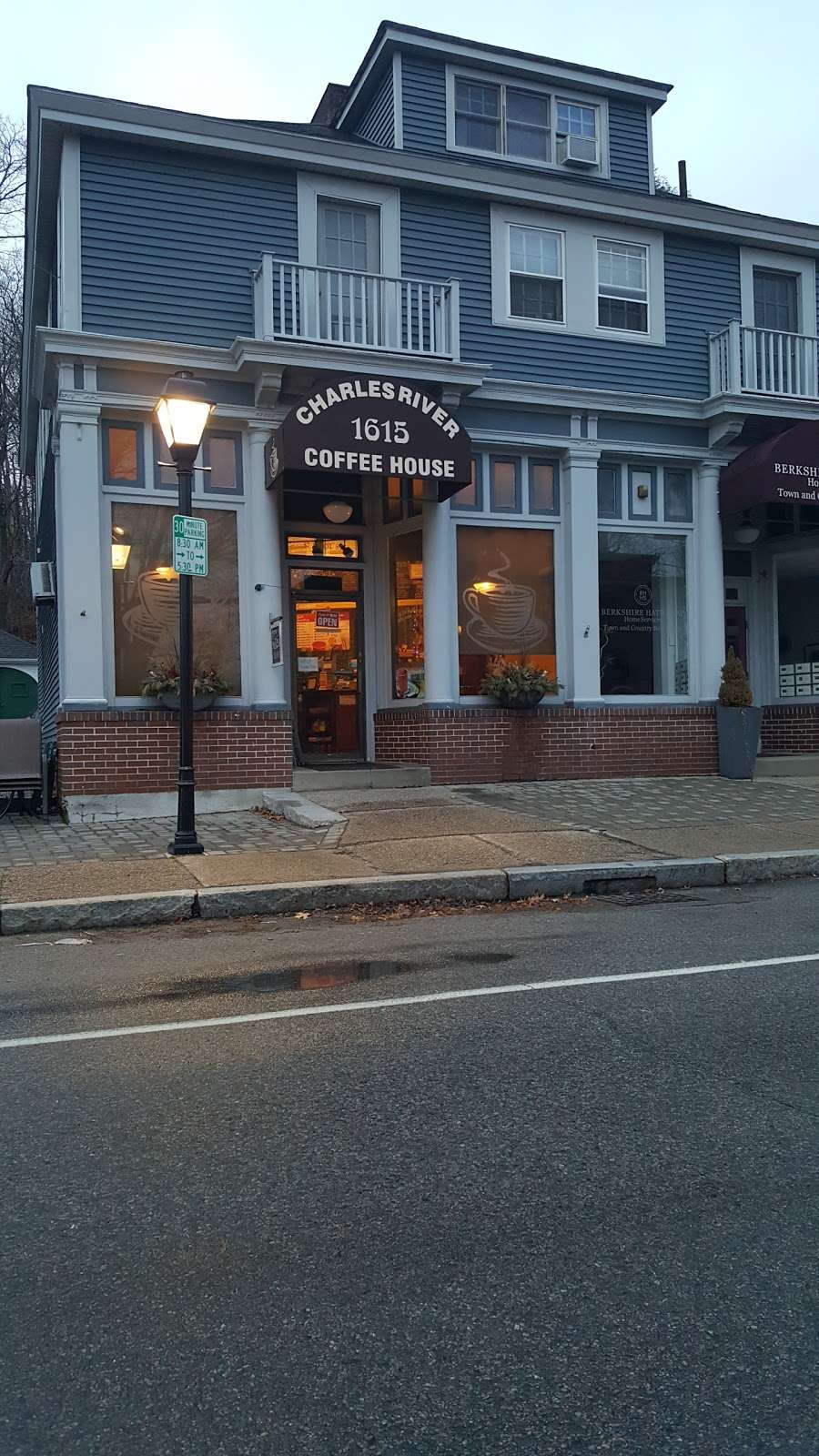

Physical and Psychological Moments in Time, a retrospective of video works by Benglis, was held in 1975 by Fine Arts Center Gallery, State University of New York College at Oneonta, and subsequently traveled to Stedelijk Van Abbemuseum, Eindhoven, Netherlands. Her experimental videos feature performative actions and technological mediation to explore themes of physical presence, narcissism, sexuality, and gendered identity. In the early 70s, Benglis took new media technologies as her material, producing video art at a time when it was still in its early stages as a medium. The contorted shapes, formed by the artist’s hands, express the bodily force used by Benglis throughout her career continuing with her gold sculptures of the late 1970s and early 1980s.

Painted with metallic sparkle, Sculp-Metal, or layers of sprayed, vaporized aluminum, copper, zinc, or tin, the works are further complicated by the reflections of their surfaces, conflating the sculptural object with painterly space. Benglis’s totem-like sculptures followed as long, cylindrical structures made of wire mesh, cotton bunting, and plaster that, by 1972, she began to tie into knots. The use of gravity and her body in the latex pours invoked Jackson Pollock’s process, a connection immortalized in the Februedition of Life magazine, which featured Benglis at work.Ĭoncurrently, she began working with pigmented polyurethane foam, building the volume of her sculptures vertically by pouring the oozing, lava-like forms against walls and in the corners of spaces or over constructed armatures and chicken wire, which she removed after the wall mounted foam pours solidified. The impulse to see these forms flow beyond the structure of a traditional support led Benglis to embrace pigmented latex, which she began pouring directly onto the floor.

Her wax paintings, which began with brushed skin-like layers of pigmented beeswax and dammar resin progressed, in one series, to the use of a blowtorch as a kind of brush, manipulating colors into a marbleized surface that seemingly fought against the constraints of the lozenge-shaped Masonite panels. She initiated several bodies of work in the late 60s and early 70s that set the course for her subsequent practice. Benglis began her career in the midst of the Postminimal movement, pushing the traditions of painting and sculpture into new territories.


 0 kommentar(er)
0 kommentar(er)
